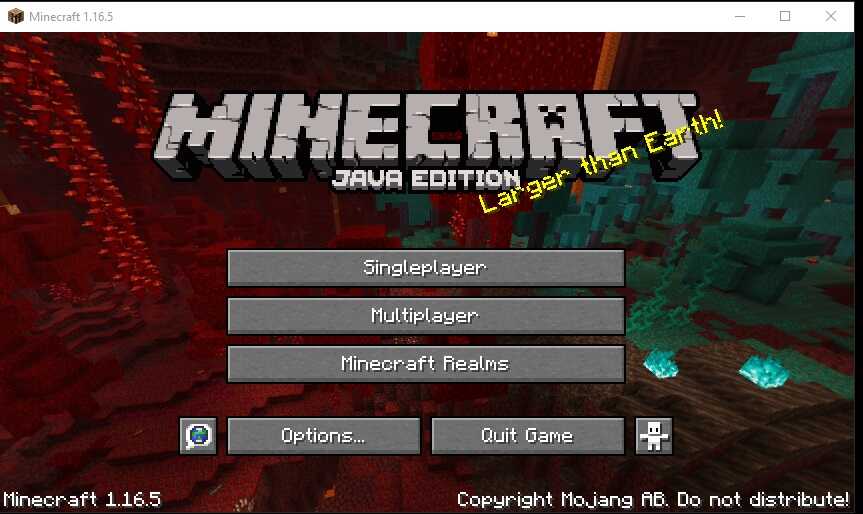
(vanilla Optifine, which is "added to the minecraft.jar" is fast too, but for some reason I don't understand, that often doesn't load in my environment). I made the best experience with Optifine installed on top of Fabric, suing "Optifabric" to use "Optifine" as mod. Using a 16:9 screen I set the resolution to 1280x720.Īs the RPI is very low powered, adding Optifine or Sodium/Lithium to the mix makes a big difference. I've set gpu-mem to 512 as it seemed to squeeze out a few more FPS. I am currently running MC 1.17.1 on an RPI4 8-GB overclocked to 2.1 GHz, using the 64-bit beta OS (Debian Buster) with the most recent updates (, no Bullseye yet ). I am impressed.Īs this allows to configure and finetune MC-JE-installs very easily, here might be a place to discuss experiences with MC-JE on the RPI and compare configuration. It is built with C++/Qt5 and runs effortlessly on the RPI. It also allows to comfortably select/switch between Java-versions per-MC-install. The required version for the respective MC version are chosen automatically).

It automatically handles the hairy issue of lwjgl-drivers (all required versions are downloaded during install/build. Each install is represented by an Icon used to run MC, or to access the configuration of the install. The launcher allows to comfortably setup and configure multiple/any MCJE-version and configuration (forge modpacks, papermc, optifine, optifabric.). Please note that all support-requests should be directed to either pi-apps or theofficialgman only. The scripted build takes about 20 mins to complete on your machine.

Latest MC works (and any other (Java edition) version I have tested).

It is a build script that creates custom build - the original author says, "a fork" - of MultiMC5 for armhf and arm64 on your machine. Finally there is a mature, feature-rich and up-to-date launcher for Minecraft Java-Edition that supports the recently enforced MS-login.


 0 kommentar(er)
0 kommentar(er)
